| Street Workout Community |
|---|

English 🇺🇸
Hello, hivers; I hope you're doing great. This time, I'm bringing you a very interesting post about a topic I know many people confuse. Taking advantage of the fact that I recently discussed muscular endurance, this topic seems very relevant to me.
In the field of sports and physical activity, endurance refers to the body's ability to sustain physical exertion for an extended period of time, delaying the onset of fatigue. It is mainly classified into the following types:
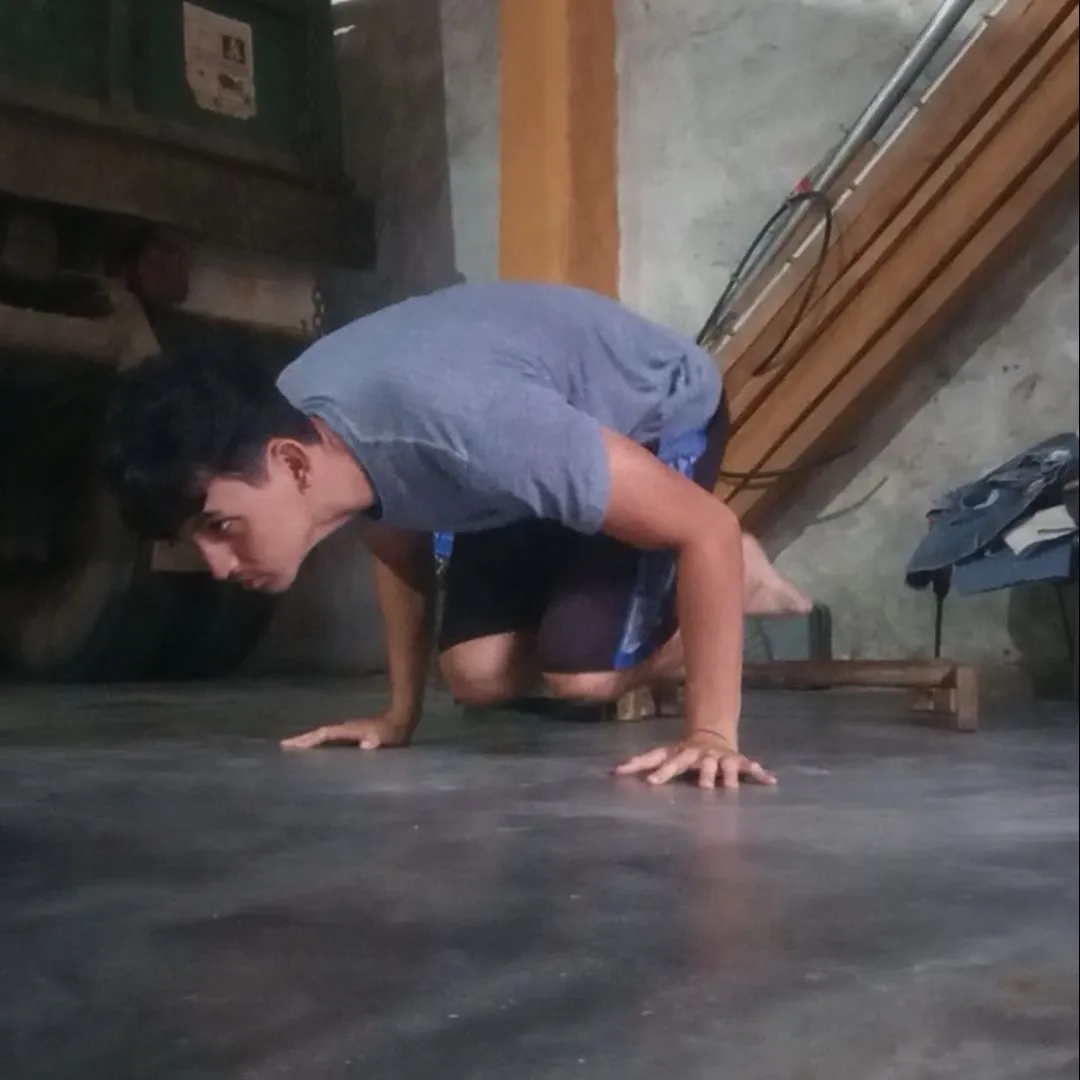 | 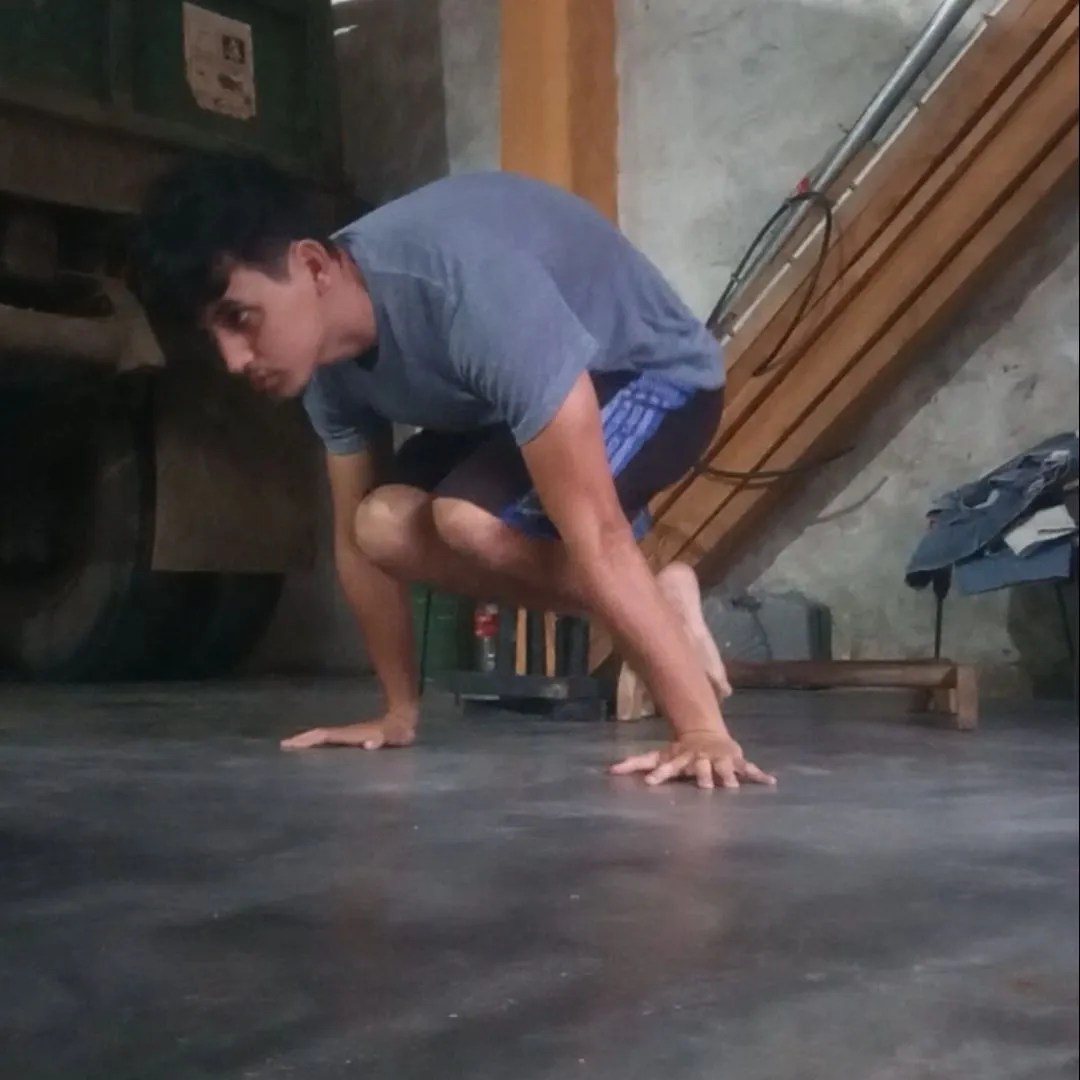 |
|---|
1). Aerobic Endurance
This is the ability to perform low-to-moderate physical activity for an extended period of time, where oxygen is the primary fuel for energy production. The body has enough oxygen to meet muscular demands.
1.1). Characteristics:
- Low to moderate intensity.
- Long duration (from several minutes to hours).
- Primary energy source: burning fat and carbohydrates in the presence of oxygen.
- Improves the cardiovascular and respiratory systems.
- Delays the onset of fatigue.
1.2). Examples of sports activities:
- Running marathons or long distances.
- Long-distance swimming.
- Road cycling.
- Hiking.
- Low-impact aerobics.
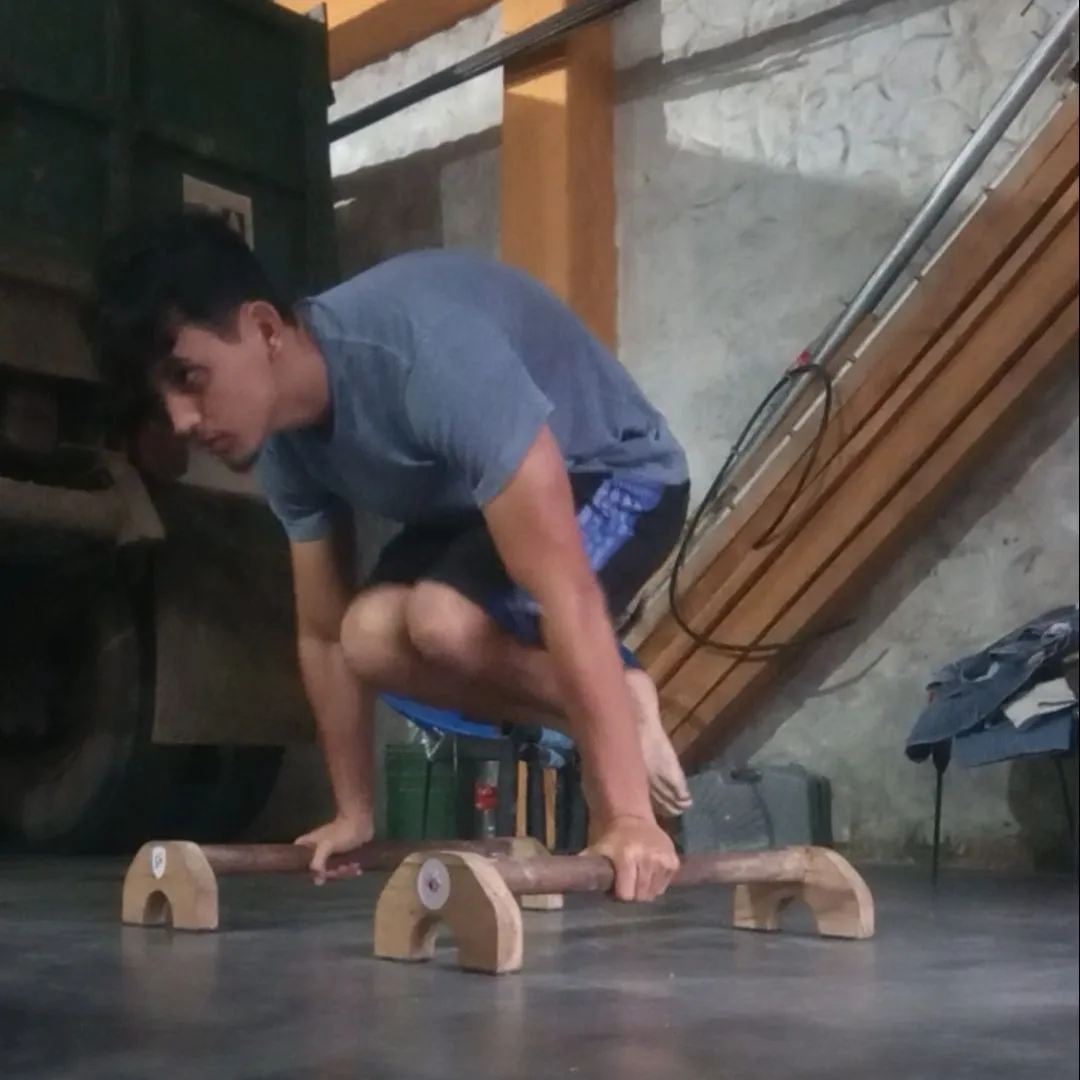 | 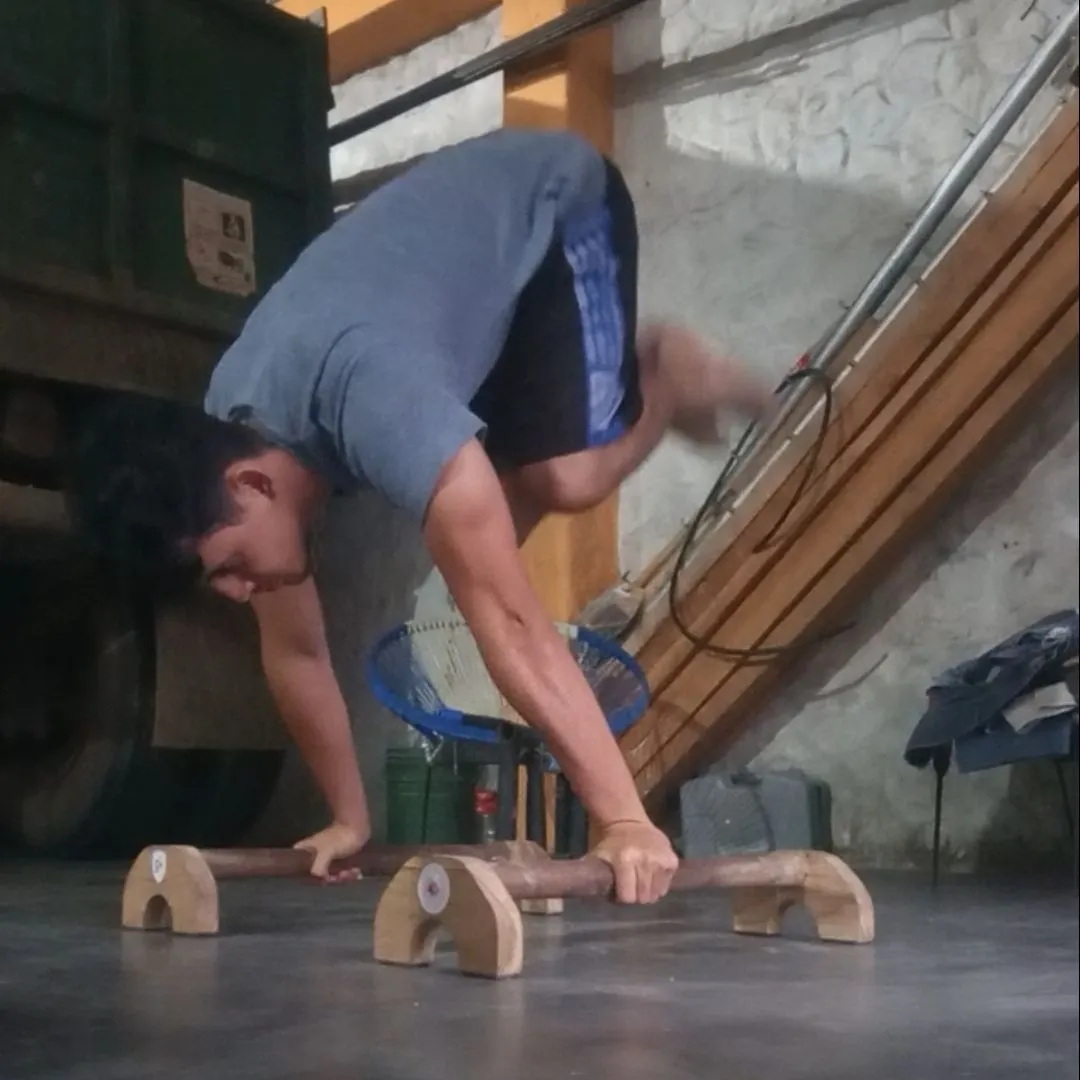 | 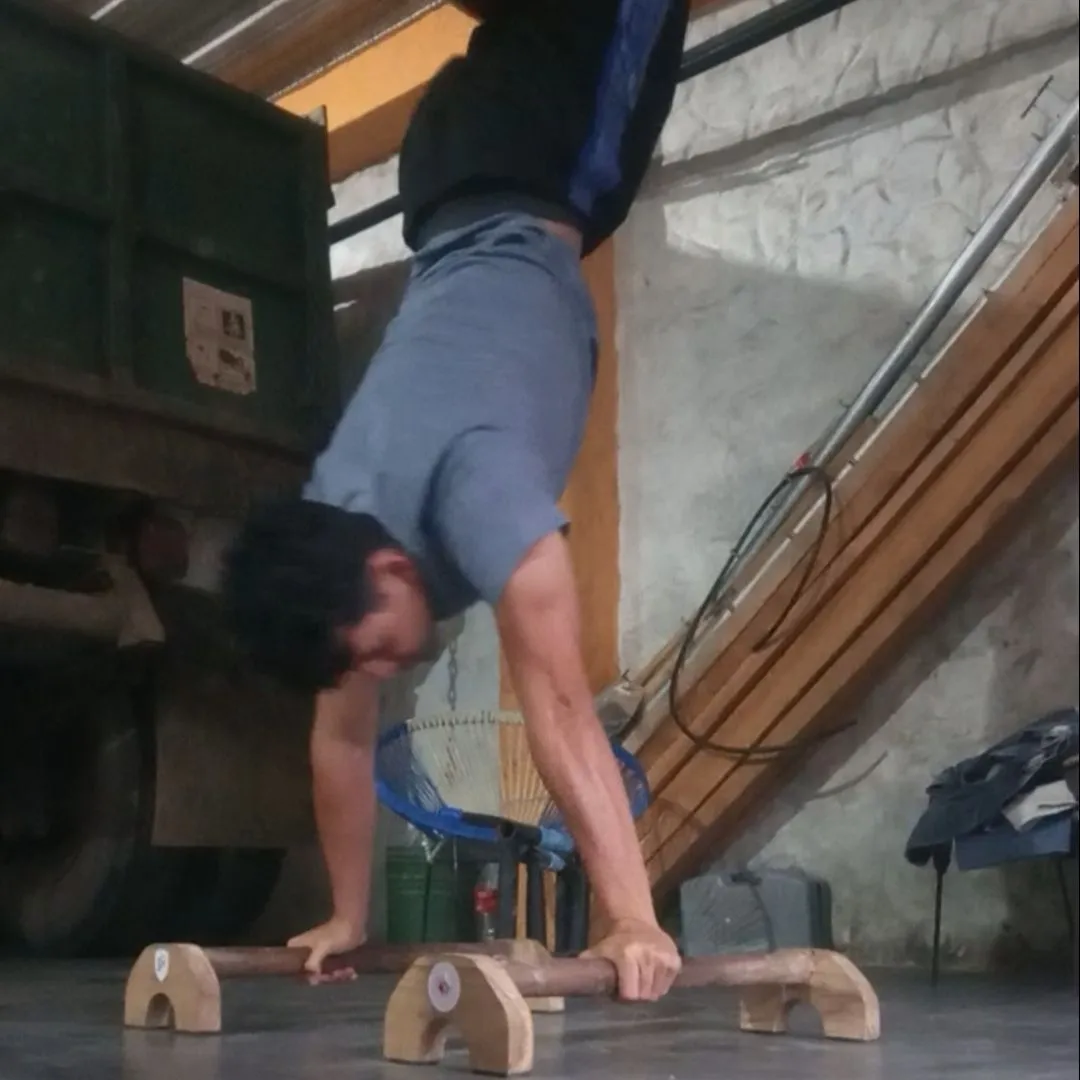 |
|---|
2). Anaerobic Endurance
This is the ability to perform high-intensity physical activity for a short or medium period of time, where the demand for oxygen exceeds the body's capacity to supply it. Energy is obtained through metabolic processes that do not require oxygen or that require it to a lesser extent. It is subdivided into:
2.1). Anaerobic Alactic Endurance:
- Characteristics:
- Very intense, very short-duration efforts (up to approximately 10-15 seconds).
- Energy is obtained from phosphocreatine (ATP-PCr), an energy system that does not produce lactic acid.
- There is no significant accumulation of waste byproducts.
- Examples of sports activities:
- 50- or 100-meter sprints.
- Jumps (long, high).
- Throws (javelin, discus).
- Weightlifting with maximal loads (1-3 repetitions).
2.2). Anaerobic Lactic Endurance:
- Characteristics:
- High-intensity, longer-duration efforts (from about 15-20 seconds to 1-3 minutes).
- Energy is obtained primarily from anaerobic glycolysis, which produces lactic acid as a byproduct.
- The accumulation of lactic acid causes the sensation of muscle "burning" and fatigue.
- Examples of sports activities:
- 200, 400, or 800-meter runs.
- 100- or 200-meter swimming.
- Strength training with many repetitions at a high intensity.
- Team sports with intermittent high-intensity efforts (soccer, basketball, hockey).
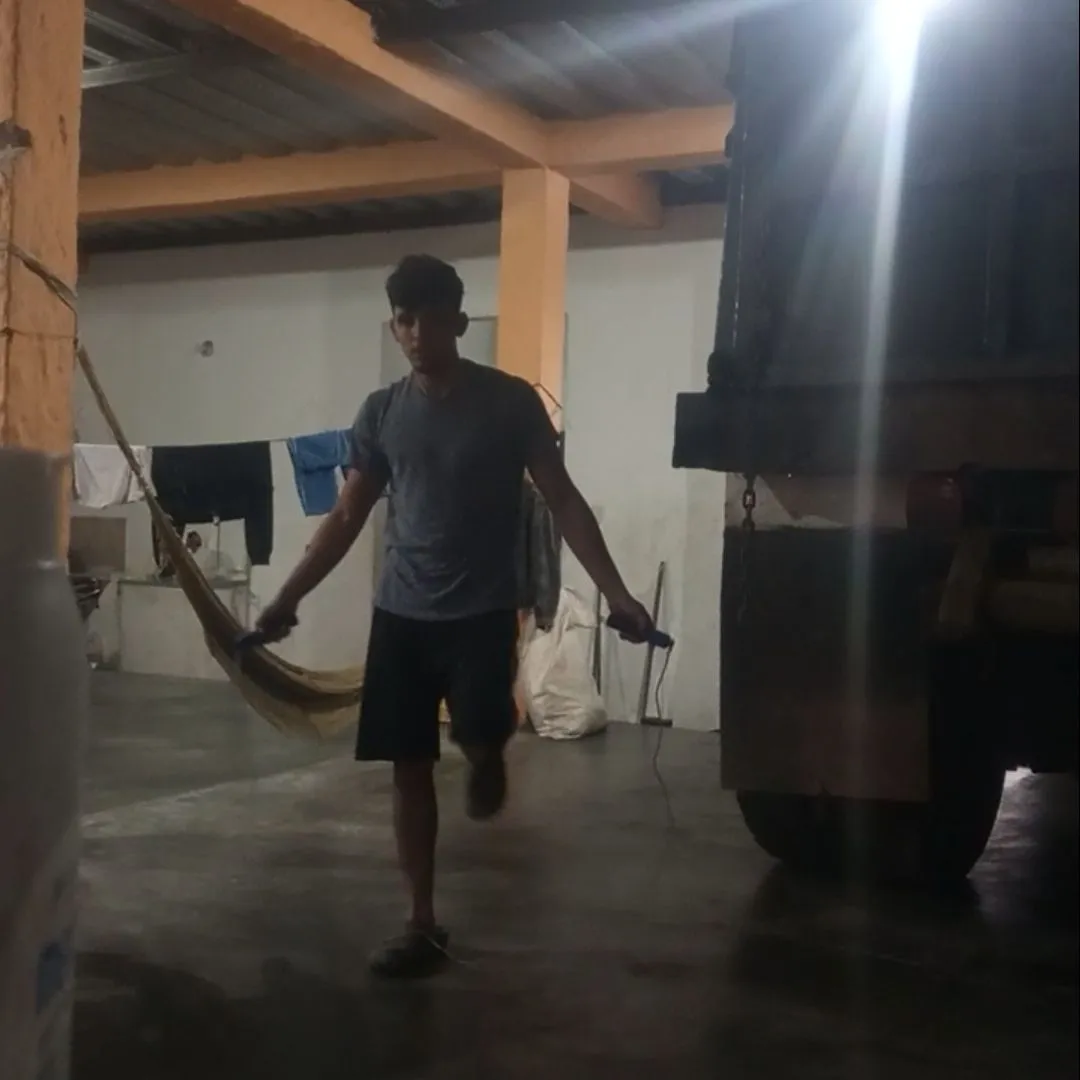 |  |
|---|
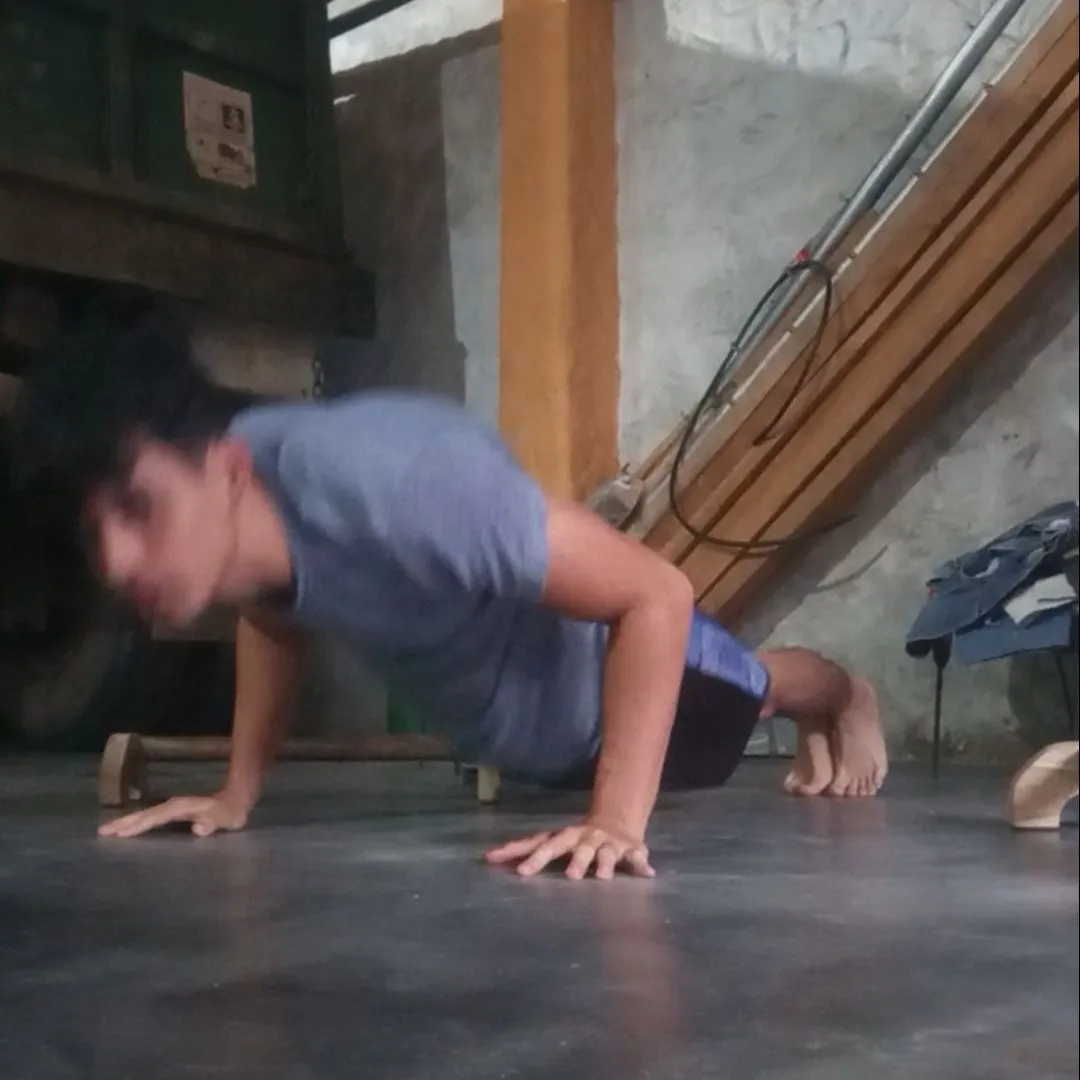 | 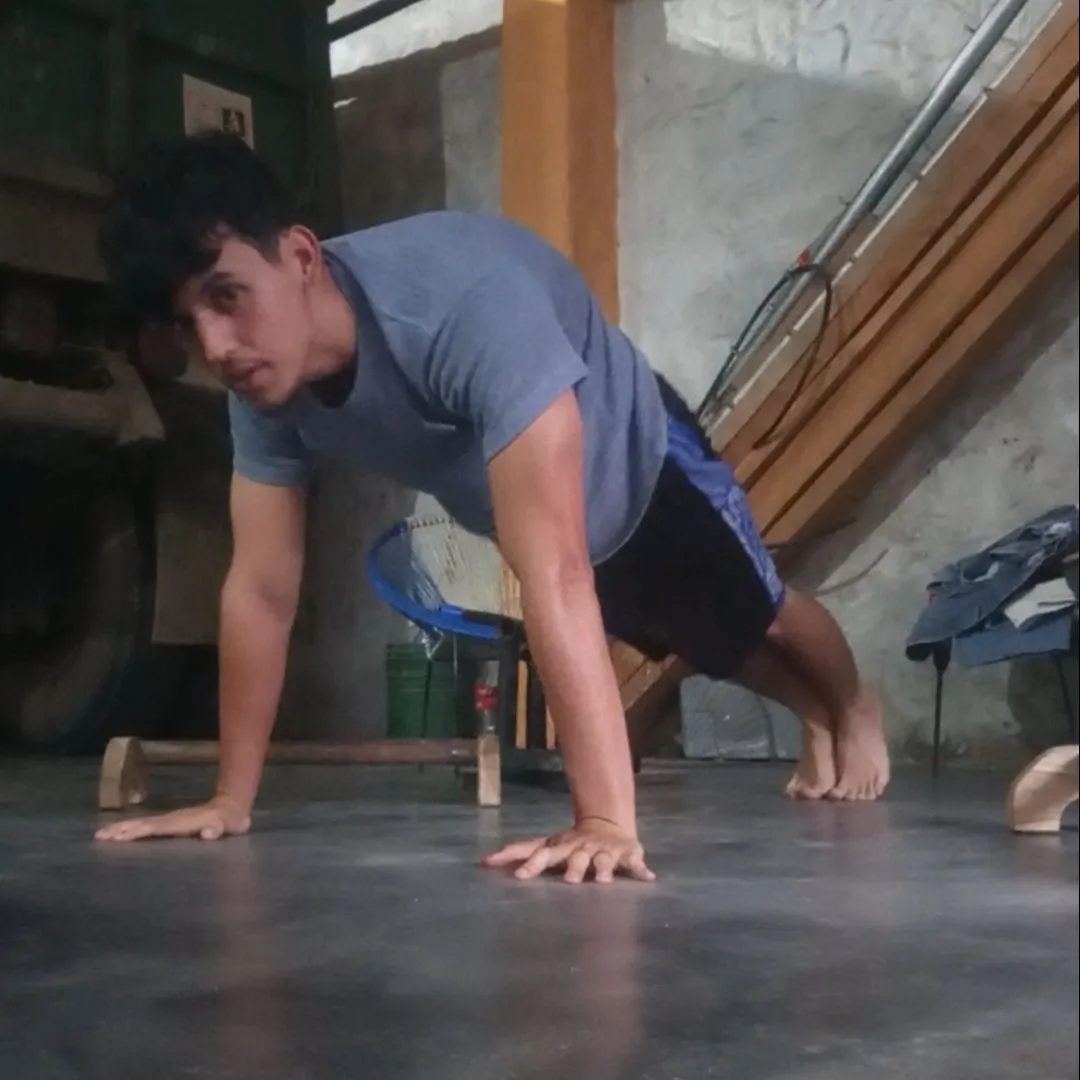 |
|---|
The choice of resistance type to train will depend on your specific goals and the sport or activity you're doing. Many sports require a combination of different resistance types to optimize performance, but that's content I'll cover in another post. I'm omarzv-sw, and I hope I've taught you something new. Thanks for reading, and see you later.
Spanish 🇪🇦
Un enorme saludo, hivers; espero estén de maravilla. En esta oportunidad les vengo a traer una publicación muy interesante hablando sobre un tema que sé muy bien que muchas personas confunden. Este tema, aprovechando que hace poco hablé sobre la resistencia muscular, me parece muy bien.
Dentro del ámbito deportivo y de la actividad física, la resistencia se refiere a la capacidad del organismo para mantener un esfuerzo físico durante un período prolongado de tiempo, retrasando la aparición de la fatiga. Se clasifica principalmente en los siguientes tipos:
 |  |
|---|
1). Resistencia Aeróbica
Es la capacidad de realizar un esfuerzo físico de intensidad baja a moderada durante un tiempo prolongado, donde el oxígeno es el principal combustible para producir energía. El cuerpo tiene suficiente oxígeno para satisfacer las demandas musculares.
1.1). Características:
- Intensidad baja a moderada.
- Duración prolongada (desde varios minutos hasta horas).
- Principal fuente de energía: quema de grasas y carbohidratos con presencia de oxígeno.
- Mejora el sistema cardiovascular y respiratorio.
- Retrasa la aparición de la fatiga.
1.2).Ejemplos de actividades deportivas:
- Correr maratones o distancias largas.
- Natación de fondo.
- Ciclismo de ruta.
- Senderismo.
- Aeróbicos de bajo impacto.
 |  |  |
|---|
2). Resistencia Anaeróbica
Es la capacidad de realizar un esfuerzo físico de alta intensidad durante un período corto o medio de tiempo, donde la demanda de oxígeno supera la capacidad del cuerpo para suministrarlo. La energía se obtiene a través de procesos metabólicos que no requieren oxígeno o que lo requieren en menor medida. Se subdivide en:
2.1). Resistencia Anaeróbica Aláctica:
- Características:
- Esfuerzos muy intensos y de muy corta duración (hasta aproximadamente 10-15 segundos).
- La energía se obtiene de la fosfocreatina (ATP-PCr), un sistema energético que no produce ácido láctico.
- No hay acumulación significativa de subproductos de desecho.
- Ejemplos de actividades deportivas:
- Sprints de 50 o 100 metros.
- Saltos (de longitud, de altura).
- Lanzamientos (jabalina, disco).
- Levantamiento de pesas con cargas máximas (1-3 repeticiones).
2.2). Resistencia Anaeróbica Láctica:
- Características:
- Esfuerzos de alta intensidad y mayor duración (desde unos 15-20 segundos hasta 1-3 minutos).
- La energía se obtiene principalmente de la glucólisis anaeróbica, que produce ácido láctico como subproducto.
- La acumulación de ácido láctico causa la sensación de "quemazón" muscular y la fatiga.
- Ejemplos de actividades deportivas:
- Carreras de 200, 400 u 800 metros.
- Natación de 100 o 200 metros.
- Entrenamiento de fuerza con muchas repeticiones a una intensidad elevada.
- Deportes de equipo con esfuerzos intermitentes de alta intensidad (fútbol, baloncesto, hockey).
 |  |
|---|
 |  |
|---|
La elección del tipo de resistencia a entrenar dependerá de los objetivos específicos y del deporte o actividad que se realice. Muchos deportes requieren una combinación de varios tipos de resistencia para optimizar el rendimiento, pero eso será contenido que explicaré en otra publicación. Soy omarzv-sw, espero haberte enseñado algo nuevo. Gracias por ver mi publicación y hasta luego.
| Gracias por ver mi publicacion nos veremos pronto💪🏻. | Thank you for viewing my post we will see you soon💪🏻. |
|---|
| Créditos | Credits |
|---|---|
| Imágenes y separadores | Images and separators |
| @omarzv-sw | @omarzv-sw |
| Fecha | date |
| 15/06/2025 | 06/15/2025 |
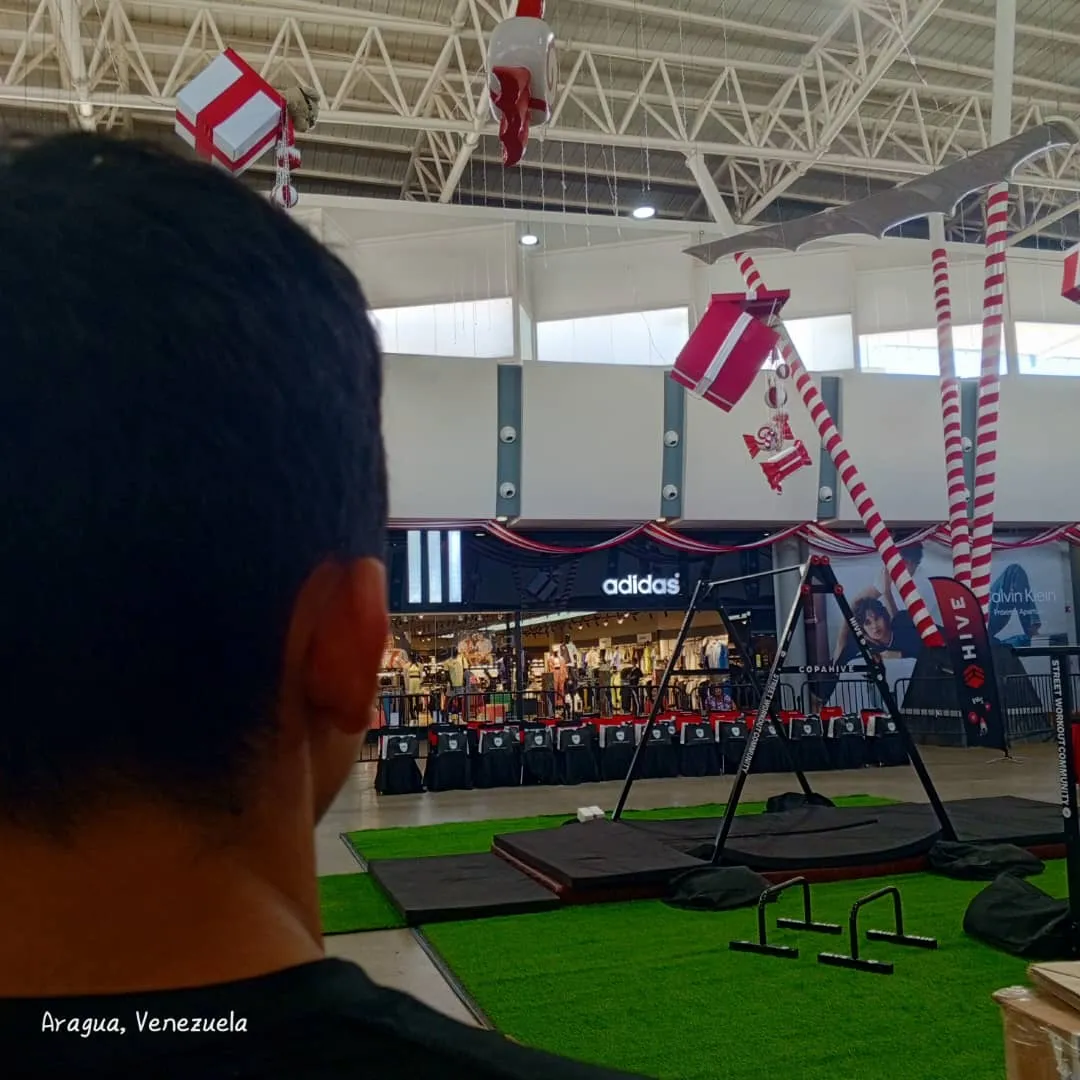
EDITION DETAILS
Photo editor: Canva
Translator: Translate Google
| Si te gusto mi contenido puedes visitar mis redes sociales | If you liked my content you can visit my social networks |
|---|
 |  |